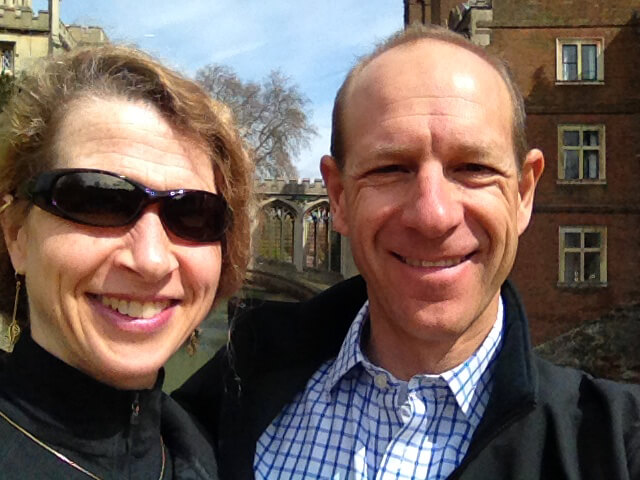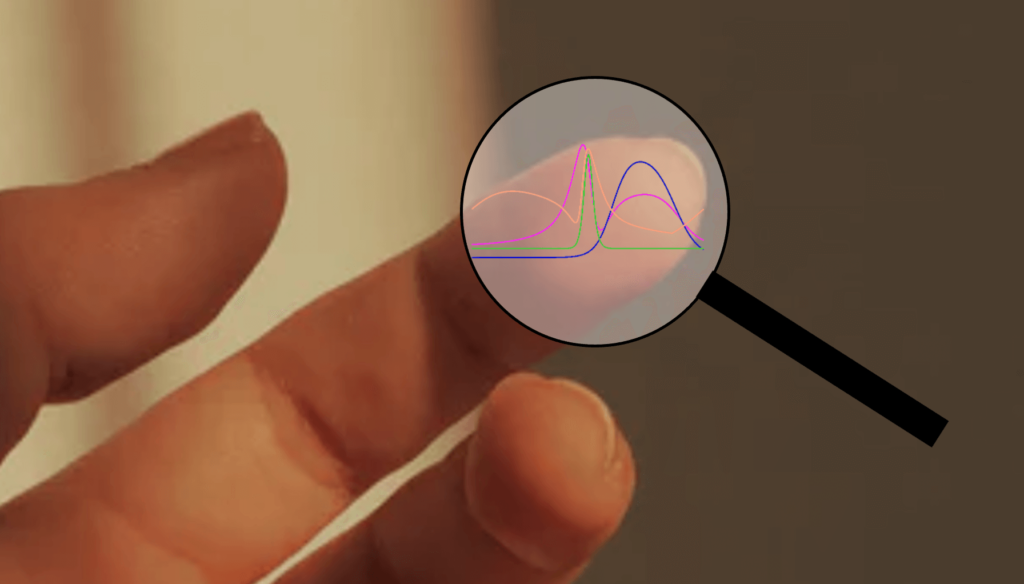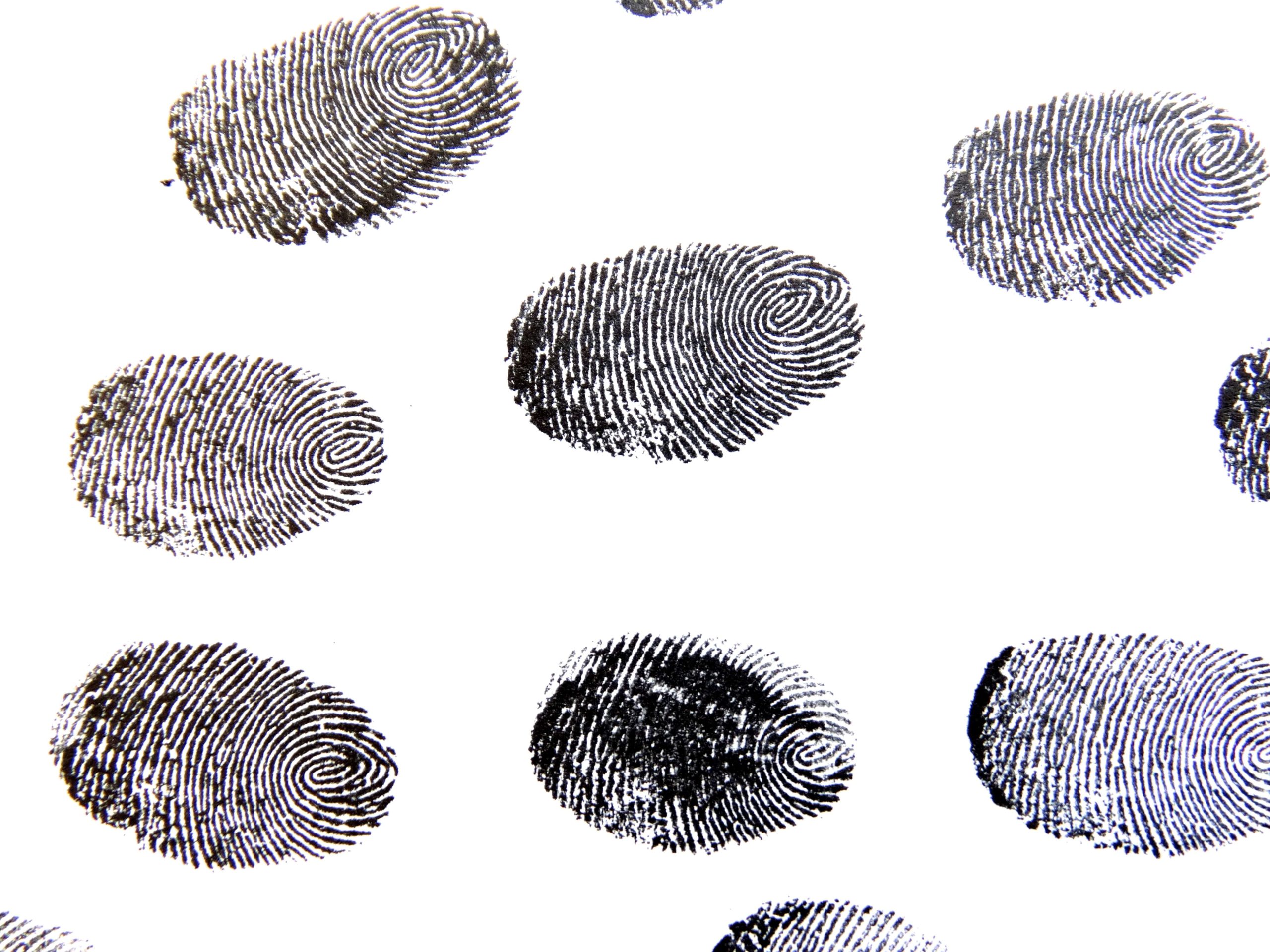Dr Nicky Keay (1984) and her husband Gavin Francis (1984) have combined their knowledge and understanding in the fields of medicine and mathematics to create the Female Hormone Mapping app. By applying Bayesian inference, this app aims to help women better understand the way their personal hormones fluctuate during the menstrual cycle. The development of this idea required a high level of expertise in medicine and mathematics, brought together in the form of two people who shared three years together at St John’s, and Nicky explains the process and importance of creating the app below.
After studying medicine at St John’s I specialised in endocrinology, the study of hormones. I published research on the endocrine and bone health of dancers and worked on the GH2000 team that developed an anti-doping test for growth hormone, which was presented to the IOC ahead of the Sydney Olympics. In addition to writing a book about hormones, I am a frequent speaker at conferences and in the media. I am also Chief Medical Officer of a blood testing company and I continue to help dancers and athletes with hormone issues.
In my research I often sought assistance in the statistical analysis of results from my husband Gavin, who studied Mathematics at St John’s and pursued a career in investment risk management. He implemented some of the earliest practical applications of algorithmic and machine learning techniques.

I frequently encounter women suffering from disruption of their menstrual cycles. These natural monthly hormonal variations provide a barometer of health for all women between puberty and menopause. Although help and advice on fertility are plentiful, there is a lack of support for women who are not actively seeking to achieve or avoid pregnancy. This is particularly true for those approaching the menopause, when the ovaries start to wind down their production of the female hormones, progesterone and oestradiol (the most active form of oestrogen).
One of the main reasons why much medical research involves only male subjects (‘of mice and men’) is that female hormones fluctuate by orders of magnitude over a cycle, and the nature of these oscillations varies both between women and across the cycles of an individual. This prompted the question whether, in the age of machine learning and personalised medicine, it might be possible to evaluate a woman’s personal hormonal variations over a cycle.
Although help and advice on fertility are plentiful, there is a lack of support for women who are not actively seeking to achieve or avoid pregnancy
Blood tests provide the gold standard for measuring the active forms of the ovarian hormones, progesterone and oestradiol, and the pituitary hormones, follicle stimulating hormone and luteinising hormone. Levels can be measured in a finger-prick sample. The problem is that taking blood every day for a month is expensive and inconvenient. In practice, two samples are the most that one could reasonably ask a woman to provide over a cycle.

In considering this problem, Gavin suggested that if the samples were taken around days 14 and 21, when different hormone peaks are expected, Bayesian inference would be the ideal tool to find the personalised curves most consistent with the measured biomarkers. These curves could be supported by an expert system that would explain the results in the light of age and subjectively reported wellbeing metrics, drawing from a large library of interpretations based on my expertise as a specialist endocrinologist. Within days, we made a proposal to the blood testing company to develop a mobile app that interprets finger-prick blood tests in the form of an individual female hormone fingerprint.
The Female Hormone Mapping app provides a report, showing personalised curves, commentary and practical evidence-based advice. The aim is to help women live a full and active life. The app includes an innovative score that measures ovarian responsiveness, designed to be particularly helpful for women in perimenopause, approaching the menopause. With extended life expectancy, women now spend up to a third of their life in the menopausal state, so being able to gauge where a woman is in her hormone journey is very helpful and an important advance for women’s health.
Read more about exercise endocrinology on Nicky’s blog: nickykeayfitness.com





